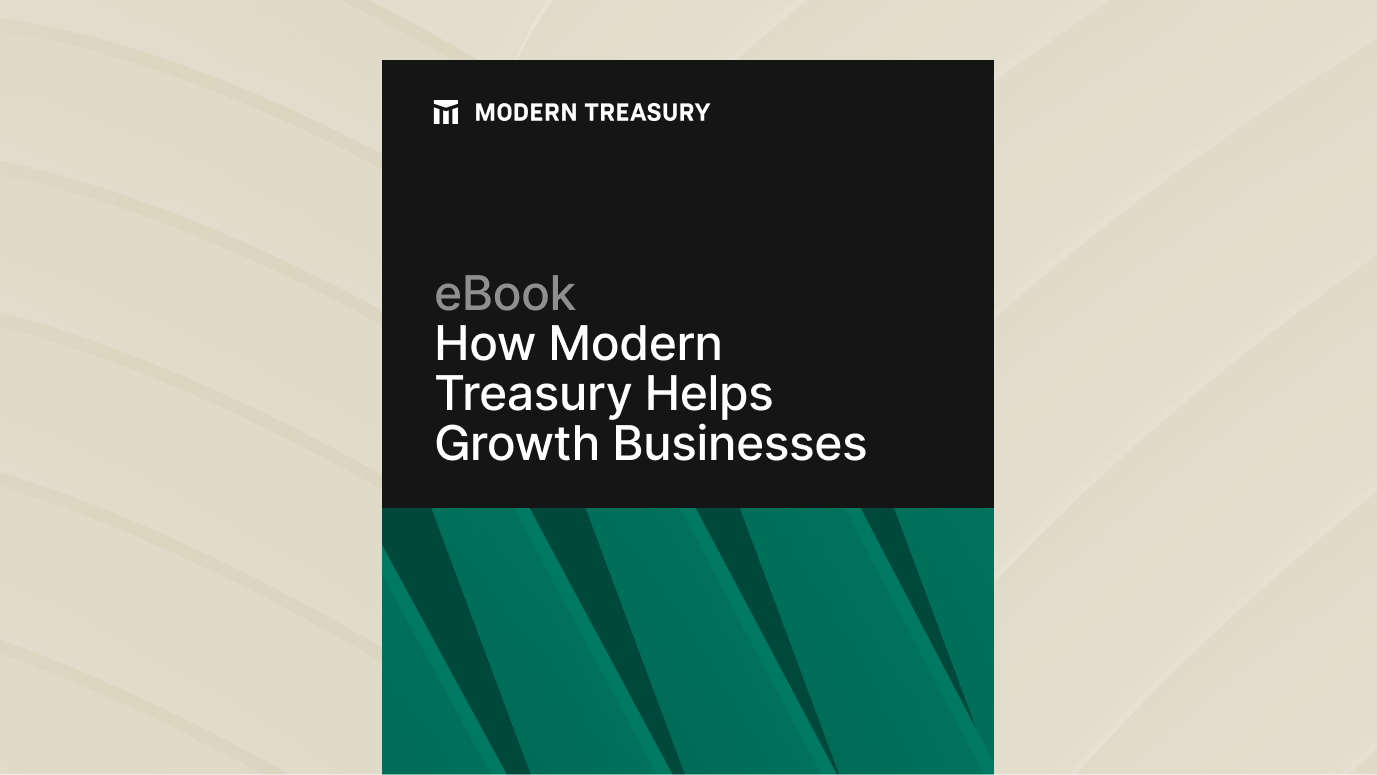Join us at Transfer 2025 to hear how industry leaders are building payments infrastructure for a real-time world.Register Today →
Three Questions to Consider When Setting Up Ledgers
For those considering using Ledgers to build a reliable transaction database, this journal discusses the 3 most common questions existing customers have asked.

Ledgers Overview
The gold standard for companies with complex or high velocity payment flows is to have an immutable, double-entry system of record. This is why we built Ledgers—to minimize errors and help with auditability, ensuring users always see the correct balances and transactions.
Ledgers can be used to power product capabilities such as:
- Tracking balances owed to partner businesses
- Tracking balances users own within investment apps
- Tracking balances of buyers and sellers in bill payment apps
- Tracking balances of buyers and sellers in marketplaces
If you want to set up ledgers to build a reliable database of transactions, there are a few things to consider. I’ve helped several customers think through this process, and here are the three questions we most commonly discuss.
1. How many Ledgers will you need?
With Modern Treasury, you can have as many discrete ledgers as needed. A single ledger supports many currencies and an unlimited number of accounts and transactions. Transactions however can only be created atomically within a single ledger.
For that reason, customers often create discrete ledgers when they need to fully segregate financial records, such as in the case of entirely different products and countries. A single integrated ledger per product is a common practice, but this may vary depending on your use case.
2. What will be your chart of Ledger Accounts?
Ledger Accounts track balances. For example, a Ledger Account might track a specific user’s wallet balance, a user rewards balance, or the amount owed by a user. Balances across all accounts in a Ledger will always net to zero, with debits equal to credits across accounts in that Ledger. For each Account, you should determine:
- Account type: Typically an asset, liability, expense, or revenue account
- Normal balance: Usually determined by account type
Here’s a sample of our recommended template diagram for Ledgers, which your Modern Treasury representative can provide in a workable format.

3. What is the overall flow across accounts per each Ledger Transaction?
Each Ledger Transaction will impact two or more Ledger Accounts and consist of at least one credit and one debit Ledger Entry. Use the template diagram to populate the impact on Ledger Accounts per Transaction as shown in the example below.

You can use the API to reproduce this flow in Ledgers:
- To set up your Ledger, start by creating Ledger Accounts outside of your application logic. This could be an account representing your operating cash, for example.
- Within your application logic, highlight actions in your app that should trigger the creation of new accounts. For example, when a user signs up, you can call Modern Treasury's API to create the corresponding Ledger Account to track that user's balance.
- When a transaction occurs, you can create a Ledger Transaction, writing entries to the appropriate accounts.
- The status of transactions can also be updated within your application logic. For example, you might create a transaction recording a payment and later update the transaction status to ‘posted’ once the payment is reconciled. You can link Ledger Transactions to Modern Treasury payments to automate this process.
Try It Now
To get started with Ledgers, if you haven’t already, talk to a payments advisor. You can also sign up for a sandbox and try it out. You don't need a bank connection, nor do you need to be using our payments product; our Ledgers API can be used independently of the rest of the functionality in Modern Treasury.
If you have questions or any feedback, you can reach us at support@moderntreasury.com.
Try Modern Treasury
See how smooth payment operations can be.







